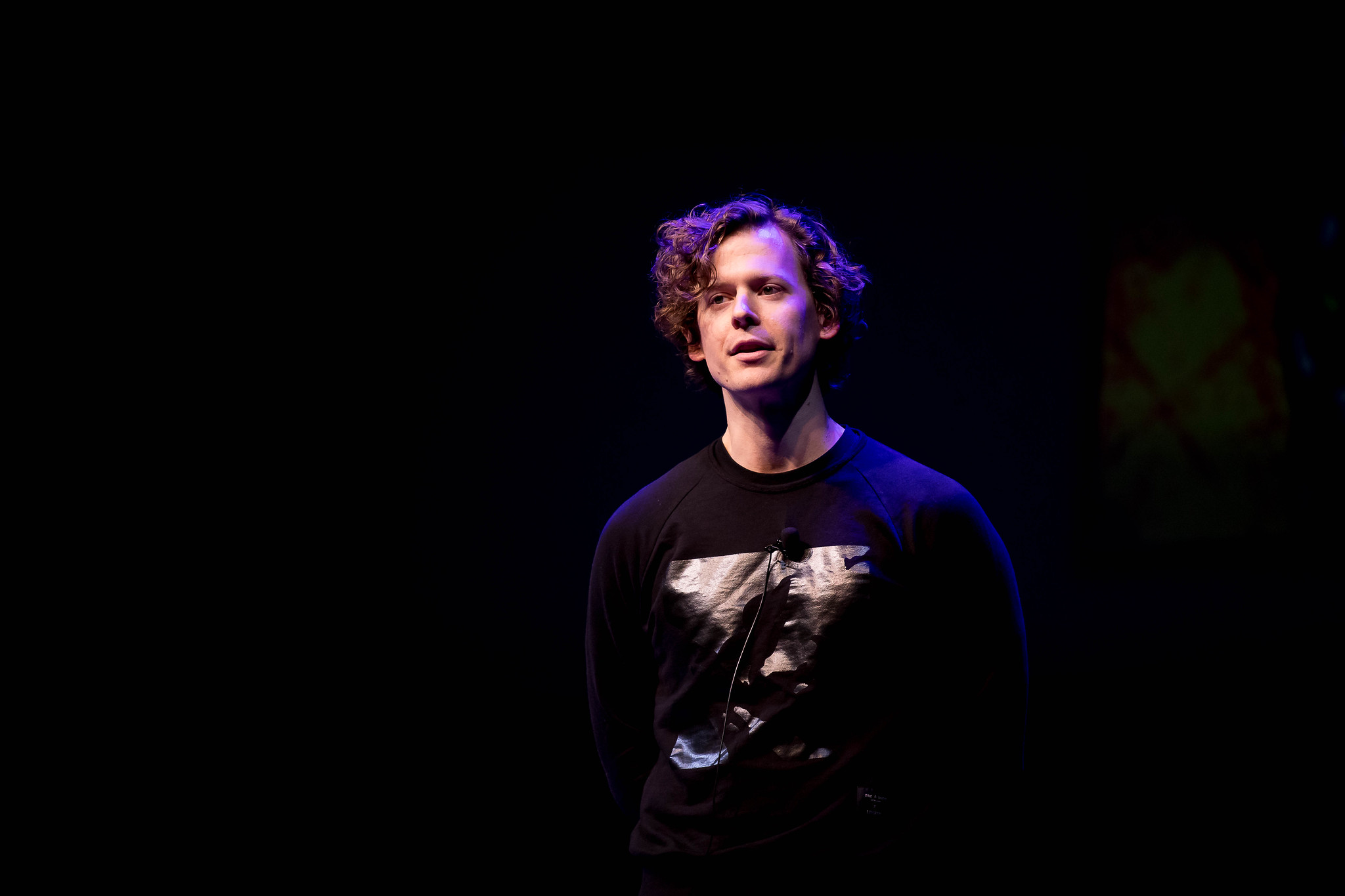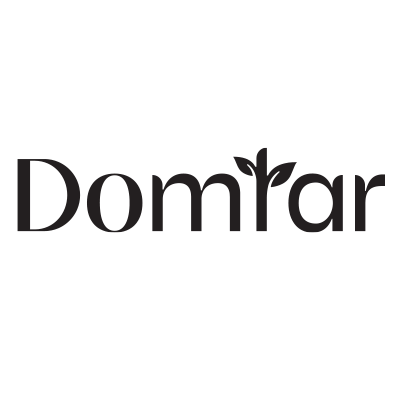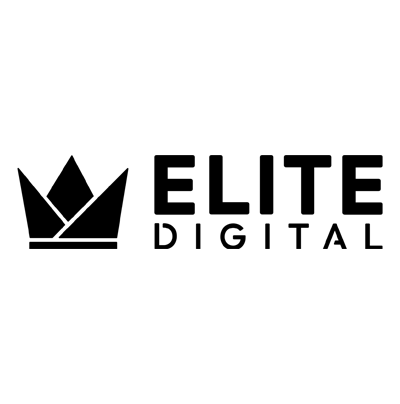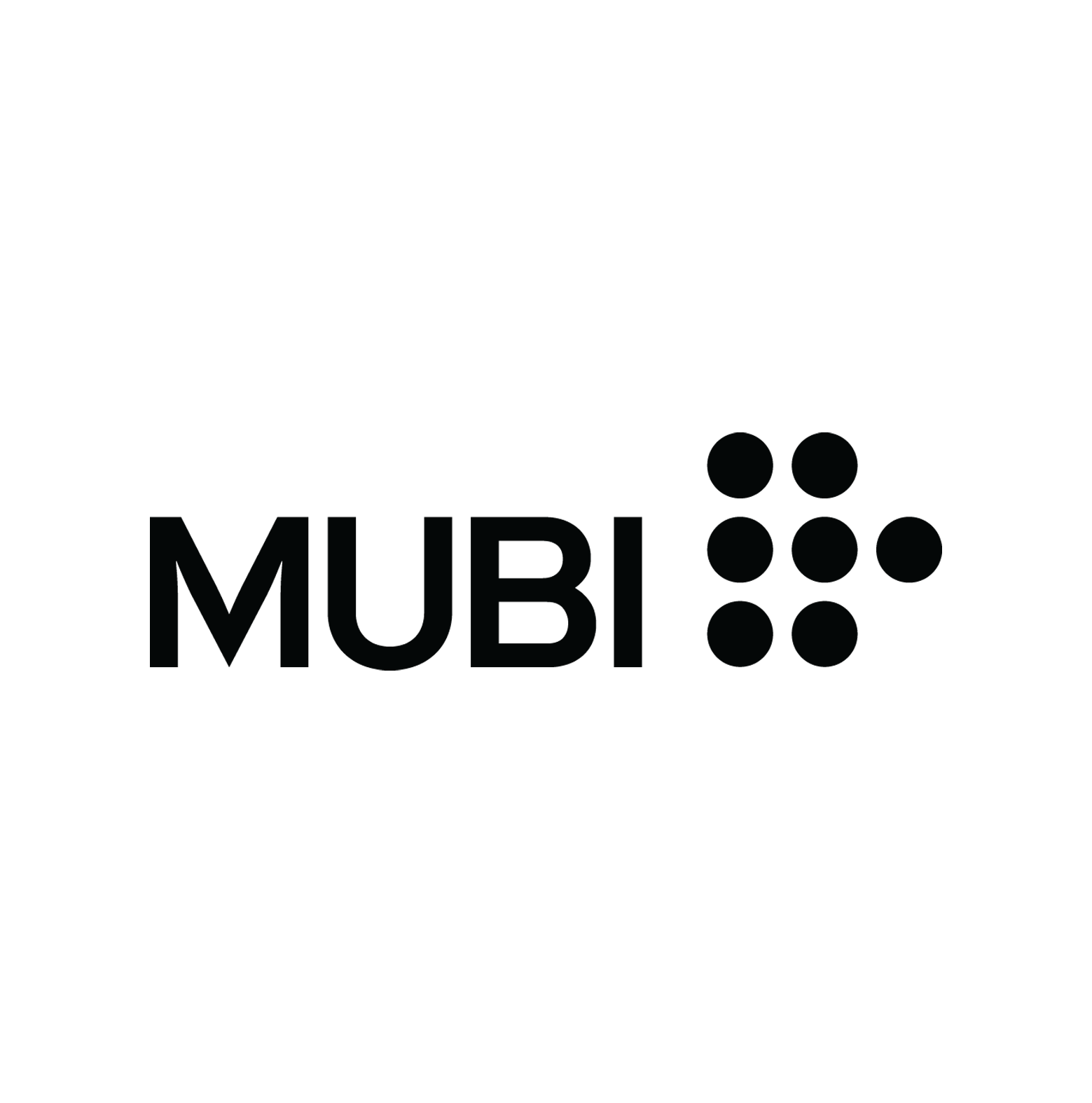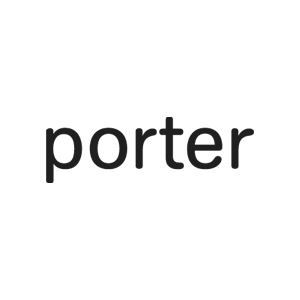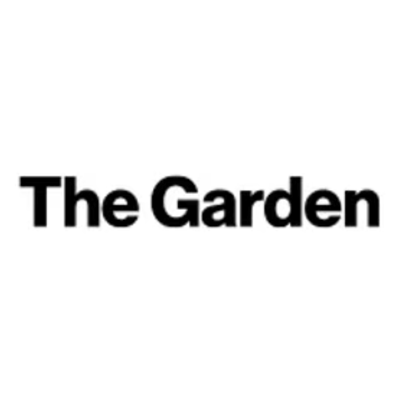Leland Maschmeyer is co-founder and CEO at COLLINS. Ahead of his talk at DesignThinkers in Toronto, we asked him a few questions about his time at Chobani, what trend he thinks will impact the design industry and more.
Under your leadership, the two companies you’ve worked with have received numerous accolades for pushing boundaries and setting the bar for outstanding work. What is your leadership style like? How do you inspire your teams towards greatness?
There are many styles of leadership. I have come to know that my dominant style is known as “transformational” leadership. You can read online about the basics of it, so I’ll focus on my personal tenant: empower small teams with significant responsibility, shared context, decision rights and clear success criteria will always make dreams come true.
You were responsible for Chobani’s much lauded brand and company growth, with it being recognized for its innovative approach to design, creativity and marketing. While you were there, the brand’s value expanded from $1B to $10B. What’s one of the biggest lessons you learned from your time at Chobani?
In the early 2010s, I had an itch I couldn’t scratch: I felt that brand systems were no longer fit for purpose. It’s not that a classic kit (logo, typeface, colours and secondary graphics) wasn’t useful. It’s that the many uses, value and approach to creating them has become completely misaligned with what contemporary brand building demands.
The 1980s gave birth to the brand identity system kit. But as the branding challenges of business changed so dramatically over the following 30 years, you would have imagined that the marketing and brand profession would have responded and evolved.
It did not. I mean, not at all. It was stuck, lost some back somewhere in 1983. I mean, it had not changed much since I was a toddler.
In 2016, I joined Chobani to test my thesis of what a real, next-generation brand solution could be. After our remarkable five-year run there, I left the company with, I think, my thesis proven. I believe the “brand world system” building is the next era. This is a culture-centric, community-conscious approach to designing a brand. It weaves together the diverse scope of expression with which contemporary brands struggle. It’s still a kit of workable assets and rules. But its starting point is different, it defines a much broader scope of brand activity, and the management of it – over time – is much different.
Since I returned to COLLINS, we’ve been building brand world systems with many of our clients, helping them enjoy the benefits of what we learned with Chobani.
We love to show our highlight reels in this industry, but we’ve all worked through disappointment and perceived failure—we lose a pitch, a campaign doesn’t land how we’d hoped. How do you manage through these dips?
While failures leave bruises, I never let them define me. I always try to build with or from them. My advice, find one good lesson in a failure and it will not be a failure. The failure is to brood and beat yourself up. Learn and move. Failures are the bricks building the cathedral of success.
Besides AI, are there any emerging trends or technologies you foresee impacting the future of design?
Distributed/remote work will, over the long term, have a dampening effect on revenue for the vast majority of design firms. It will increase the pool of competition among design firms, drive down the fees that design firms can command, and will push revenue distribution towards a power law curve. (A what?)
This will force design firms to find ways to meaningfully differentiate their offering to command a desired – even necessary – price point. So, the way I see it, it will be difficult, but soon enough it will be better for our profession. It’ll bring focus.
This year’s conference theme is “Into the Rabbit Hole.” Is there any topic or idea that you’ve been diving into lately?
I have been diving deep into how professional sports teams build their draft-day strategies and how they evaluate the most extraordinary prospects. I am obsessed with finding great, talented people and building great, talented teams.

